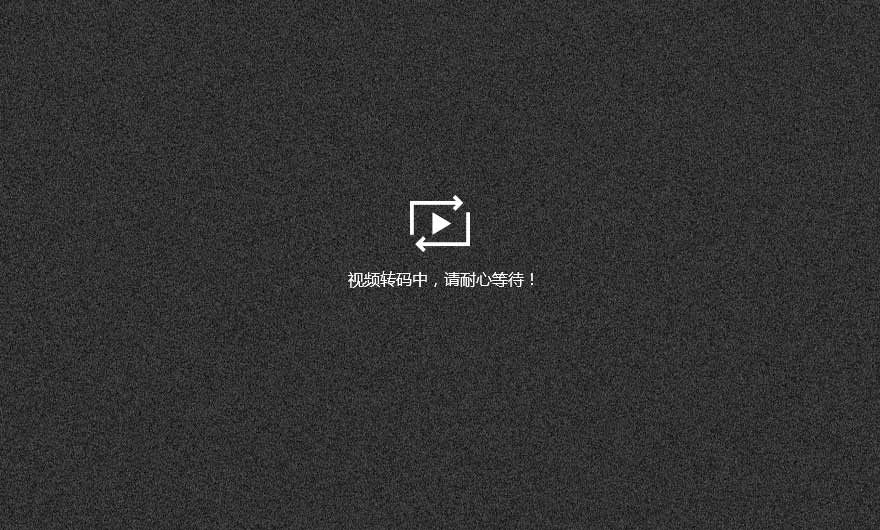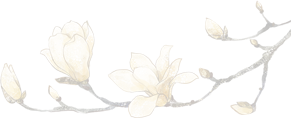- 时间点:
- 时 分 秒 当前视频时间点
- 问题:
-
- 选项一
设为正确答案
新增选项 - 选项一
- 正确跳转时间:
- 时 分 秒 同锚点时间
- 错误跳转时间:
- 时 分 秒 同锚点时间

不止于备课

切换分站

恭喜你,回答正确~
很遗憾,回答错误~
正确答案: ,您可以



U5 What are the shirts made of? Section A 为听说课。主题呈现的是两个人谈论日常生活用品用什么原材料制造,以及出产地在什么地方。通过两个短语be made of;be made in及其延伸be made from 和be made by 明析这一话题内容的表达。同时第一次在真实情境中具体呈现初中阶段的另一个语态“被动语态”,帮助学生理解并掌握被动语态的基本构成。最后2a及2b内容设计上流露出环保的理念,倡导学生充分利用资源,学会回收和再利用,为环保贡献力量。
九年级的学生已经积累了一定的单词量,本课时产品单词大部分已熟知,关于材质也基本了解,表达时难度不大。关键在于引导学生联系生活实际,充满自信地去谈论周围的物品及质地。
Help students learn the new words"chopsticks, coin, fork, blouse, silver, glass, cotton, steel, fair, environmental, grass, leaf".
帮助学生掌握新单词
Let students know the materials and producing places of the products. “be made of/from;be made in”
让学生知道产品的材质及产地。
3. Guide students to make full use of everything we have and be an environment protector.
引导学生充分利用我们所拥有的,做一个环保小卫士。
Key points: Talk about what the products are made of and where they are made.
重点:讨论产品的材质和产地
Difficulties: 1.Listening and speaking.
听说。
2.Passive voice.
被动语态。
Unit5 What are the shirts made of ?
Section A 1a-2c
Things Materials -- What is it made of?
chopsticks/window/fork wood/steel -- It is made of...
coin gold/silver --What are they made of?
stamp paper --They are made of...
blouse/shirts silk/cotton --Where is it made in?
ring silver --It is made in...
Tiny things, big value. --Where are they made in?
Small action, big influence. --They are made in...
Step 1 Lead-in(目标导学)
1. Greeting.
Set the scene: Last weekend, I went to an art and science fair. There are many interesting things. Today I want to show you one thing. Can you guess what it is?
2. Play a guessing game.
"A piece of artwork made of flowers"
3. Introduce the topic and the learning goal.
We are going to have a fair today.
Requirements: Make use of the things around you
Create something useful and beautiful.
Step 2 Presentation(知识新授).
Task 1 Know the things around.
1.Look and say
Speak out the things in a quick response.
“What is it ?”
“window,coin,stamp, chopstick,fork,ring, shirt,blouse”
Ask and answer
“What is it made of?/What are they made of?”
“steel,glass,paper,silk,cotton,gold,silver,bamboo,wood”
Read the new words and sentences.
Work on 1a: match the things with the materials.
Check the answers by asking and answering.
2.Know more
①What is bulb made of?Who was it made by? Where was it first made? In Thailand or America?
②What is paper made from?Who was it made by? Where was it first made? In China or Korea?
3.Let’s think
Read the questions above,what do you find?
be made of 由......制成(可见原材料)
be made from 由.....制成(不可见原材料)
be made by 被......制成(制造者)
be made in 在哪里制造
be +p.p.(过去分词) 被动语态
4.Exercise
Two students have a pk to tell the true or false.
Step 3 Practice
Task 2 Know a fair.
1. Listen and check the main topic
the science museum the art and science fair
environmental protection a model plane
a beautiful painting grass and leaves
2. Listen and write short answers.
1) Where is the art and science fair?
2) Do Nick and Marcus have to pay to go?
3) What is the model plane made of?
4) What is the painting made from?
A tip:Sometimes,it is important to listen to key words.
Step 4 Development
Task 3 Have a fair.
1.Share a piece of artwork made of peanuts and leaves by teacher’s son.
2.Set an example of giving a report.
3.Clear the steps for the fair:
Use daily things to make a piece of artwork.
Introduce your artwork to your classmates.
Vote for your favorite artwork by giving a big hand.
Eg:Hello, everyone. I would like to introduce a ...to you.
It was made by...It is made of/from...We make it for/to...
Step4 Summary
Tiny things, big value.
Small actions, big influence.
Recycle and protect our environment.
Homework
Write a short passage to introduce your favorite thing you use every day, using the pattern “be made of/from/by/in” .
设为正确答案